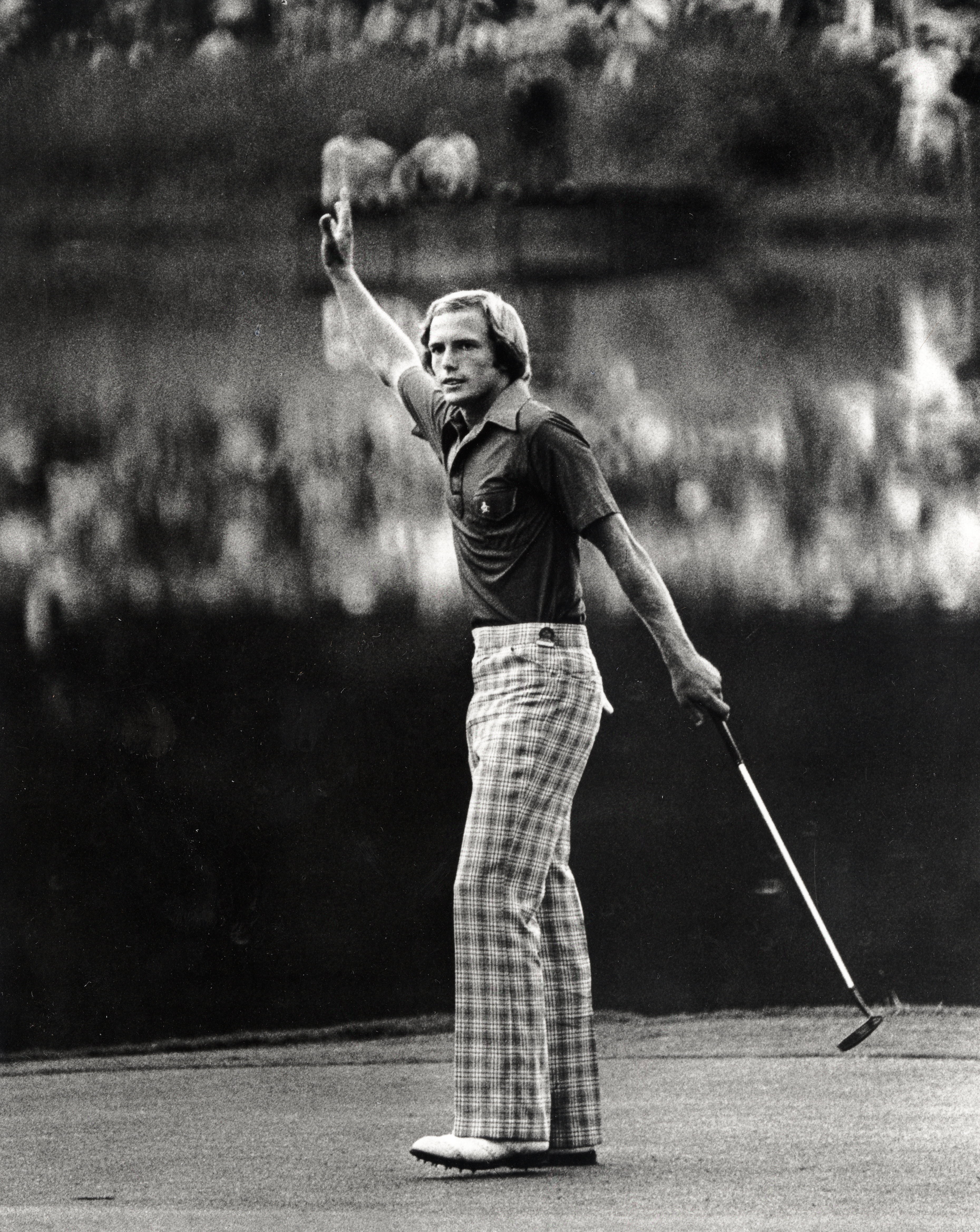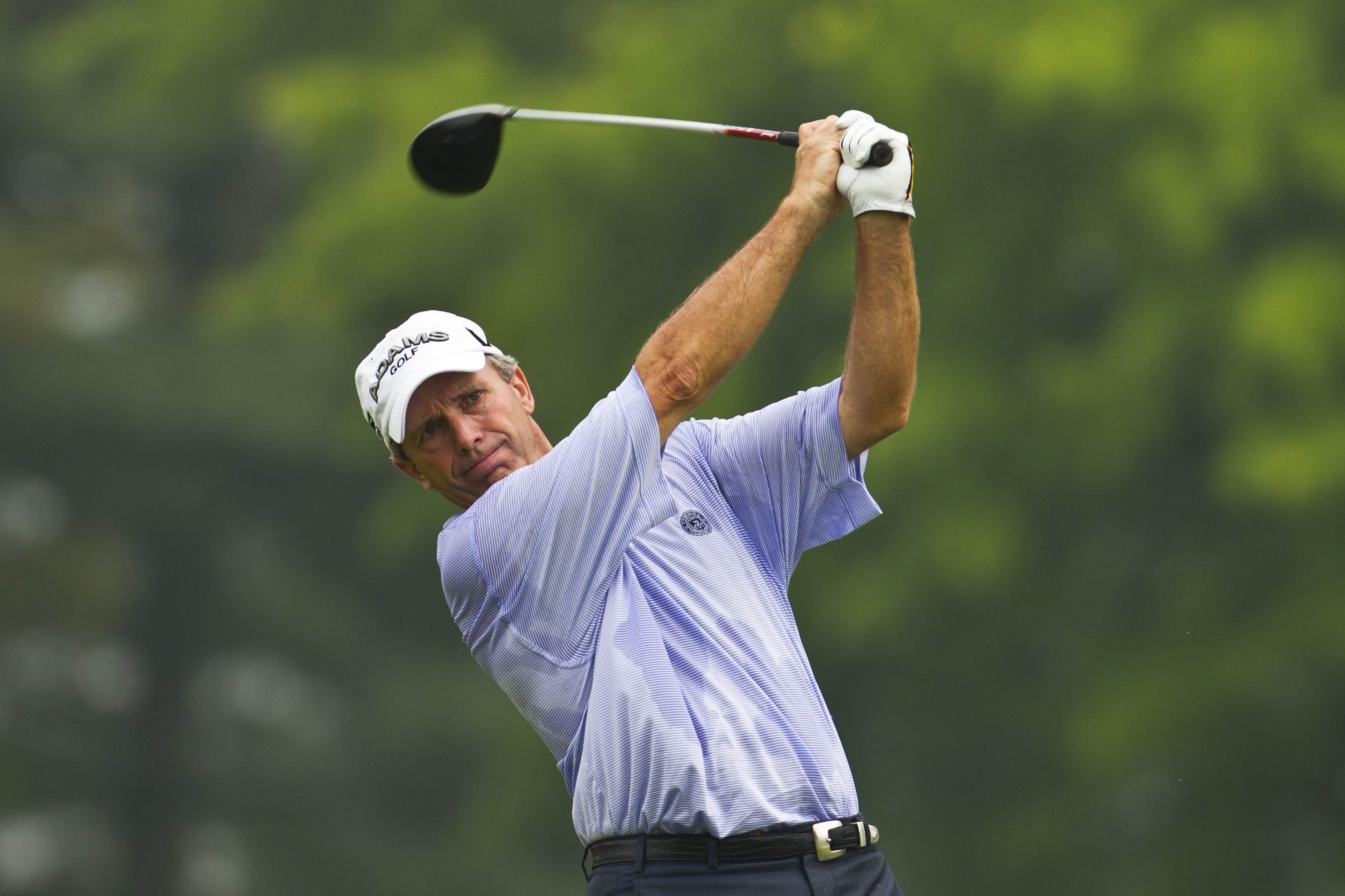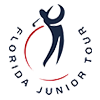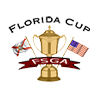A U.S. Open champion and eight-time PGA Tour winner, Jerry Pate has made his mark on the golf world both on and off the course. Growing up in Pensacola, Pate won the 1974 Florida Amateur Championship and had a storied amateur and professional career, before delving into ventures in golf broadcasting and golf course design.
“The Hall of Fame is something I’ve always looked up to,” Pate said. “I’m just thankful for what I’ve been able to do and have a great family that supports me.”
Born in Macon, Georgia, Pate came from a family with a deep love of golf. Pate was one of six children and credits his passion and love to his father and grandfather. While spending summers down in Jacksonville Beach, a young Pate would get dropped off to play a small par-3 course on Beach Boulevard, while his father and grandfather played at The Ponte Vedra Club (now Ponte Vedra Inn & Club).
Moving to Alabama when he was very young, Pate learned to play the game at Anniston Country Club from his father, grandfather and the golf professionals at the course. His family moved to Florida in 1967 when his father was relocated for work.
When it came time for college, Pate headed to the University of Alabama where he walked onto the men’s golf team. Pate had not been a standout junior golfer but he always had the drive to become a better player.
“I didn’t like to lose for starters,” Pate said. “I was a pretty tenacious competitor. I was one of six children and we were always pushed by our parents to try and do better.”
 The turning point in his career came after his junior season in the summer of 1974. Never having played in an FGSA championship as a junior, Andy Bean convinced Pate to go down to Lakeland to play in the Florida Amateur Championship at Grenelefe Country Club.
The turning point in his career came after his junior season in the summer of 1974. Never having played in an FGSA championship as a junior, Andy Bean convinced Pate to go down to Lakeland to play in the Florida Amateur Championship at Grenelefe Country Club.
“I told him I wasn’t good enough to play in an amateur event like that,” Pate recalls with a laugh.
But despite that, Pate made his way to Lakeland and teed it up in the 59th Florida Amateur Championship. Pate raised the trophy at the end of the week, playing with Bean in the final round and beating him by one shot.
A few weeks later, Pate qualified for the 1974 U.S. Amateur Championship at San Jose Country Club in Jacksonville, the club where his grandfather had been a founding member. Pate won the U.S. Amateur at The Ridgewood Country Club, completing one of the most impressive match-play runs in history in his championship debut at 20 years old.
His storybook summer came to an end at the World Amateur Team Championship, where he helped lead the United States team to victory. The Pensacola resident was also a member of the victorious United States team at the 1975 Walker Cup and the low amateur at the 1975 U.S. Open Championship, finishing in a six-way tie for eighteenth place at Medinah Country Club.
Pate never had any intentions to turn professional after college, but after a great finish at the U.S. Open and some encouragement from his father, Pate decided to give it a go. He turned professional in 1975 and earned his PGA Tour card in the fall with medalist honors at PGA Tour Qualifying School.
His first professional win was a major one. In Pate’s first season on the PGA Tour, he won the 1976 U.S. Open at Atlanta Athletic Club at age 22. He earned it by coming from two strokes off the lead entering the final round to John Mahaffey, carding a final-round 68 to surge to the title.
“I told my dad before I went to Atlanta as a rookie that if I could get off to a good start, I can play hard golf courses and have a chance,” Pate said. “It took me 70 holes to catch Mahaffey, but I caught him.”
After a few missed cuts following his U.S. Open win, Pate went out and won the Canadian Open with a final-round 63 to beat Jack Nicklaus by four shots.
“That was a really rewarding moment because I could go home at night and know that I really could play. It showed my U.S. Open win wasn’t a fluke and it validated my place on the PGA Tour,” Pate said.
Pate went on to be selected the Rookie of the Year and the Co-Player of the Year after a storied first season on the PGA Tour. Six more PGA Tour victories followed for Pate, along with a victorious Ryder Cup win in 1981 but a shoulder injury at the age of 28 curtailed his career.
His final win on Tour came in the place where he learned to play the game – the 1982 Players Championship, the first held at TPC Sawgrass in Ponte Vedra Beach. Starting the final round three shots back of the leaders, Pate shot a final-round 67 to win by two strokes. After his victory, Pate pushed PGA Tour commissioner Deane Beman and course designer Pete Dye into the lake along the 18th green, and then joined them.
Pate had met Pete Dye, the legendary golf course architect and FSGA Hall of Famer, when he was competing at the World Amateur Team Championship in college. Pate, who has always had an interest in architecture, grew close with Dye and often picked his brain about course design.
Prior to the 1982 Players Championship, Beman invited all the players and others in the game to play the newly completed TPC Sawgrass. Pate was the only the player to make his way down to play, so he teed it up that day with Beman, who shared insight about how to best play the course.
“Beman said, ‘If you’ll just listen to me, I’ll show you how to win the Players next year,’” Pate said.
Sure enough, Pate was victorious next year.
 After his injury took him away from playing, Pate found a different way forward in different aspects of golf. The Alabama native served as a golf broadcaster for nearly 10 years, has opened a golf course design business, a turf and irrigation company, among many other things.
After his injury took him away from playing, Pate found a different way forward in different aspects of golf. The Alabama native served as a golf broadcaster for nearly 10 years, has opened a golf course design business, a turf and irrigation company, among many other things.
“If it hadn’t been for my injury, my life would have been very different,” Pate said. “I probably would have stayed on tour, but instead I got to spend time with my wife and my kids. I got to explore so many other things and have been able to do so many rewarding things. I can make a difference everyday by leading people in my company and my business.”
Pate has designed and developed more than 25 golf courses, including Kiva Dunes in 1995 and the Ol' Colony Golf Complex in 2000, which is the home course for his alma mater, the Alabama Crimson Tide golf team.
After being plagued by his shoulder injury for years, Pate finally found a surgery that worked in 2002 and made his way back to competing on the Champions Tour when he became eligible and captured two victories in 2006 and 2008.
Now Pate spends most of his time tending to his businesses and spending time with his wife of 48 years and their children and grandchildren.
“I’ve been fortunate to hit a lot of good golf shots, but I’ve been more fortunate to do good things for others.”





